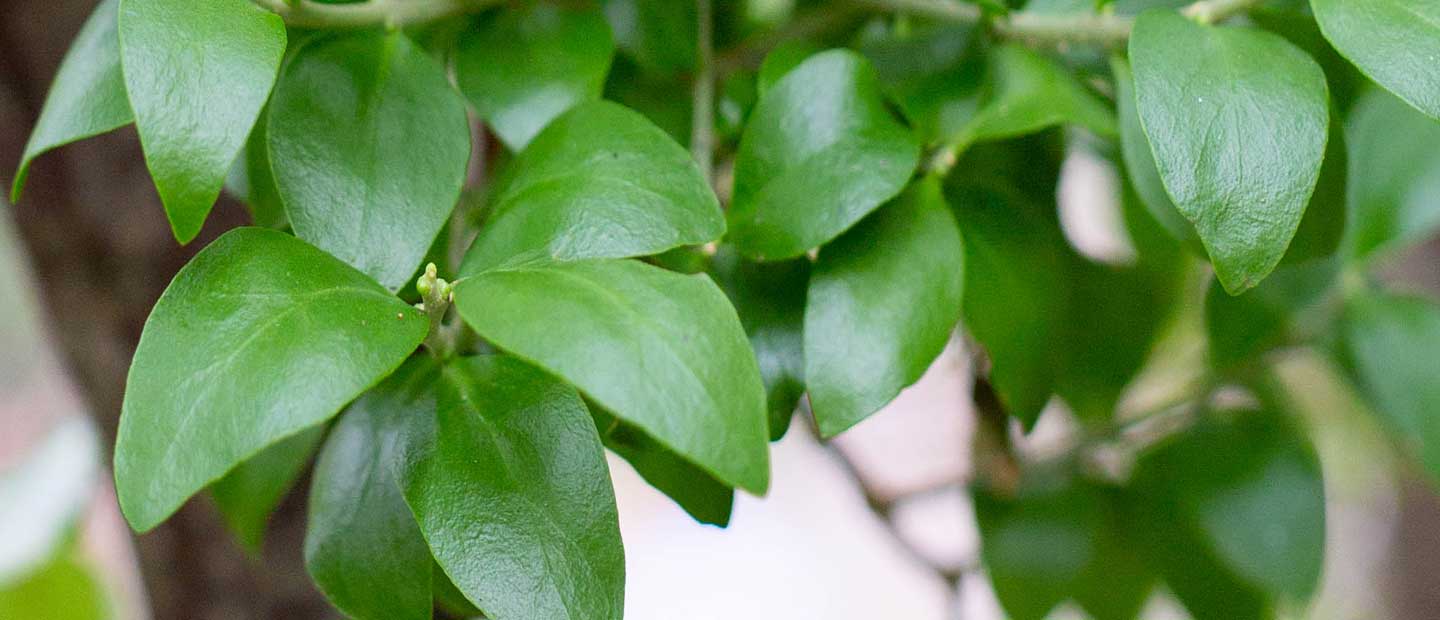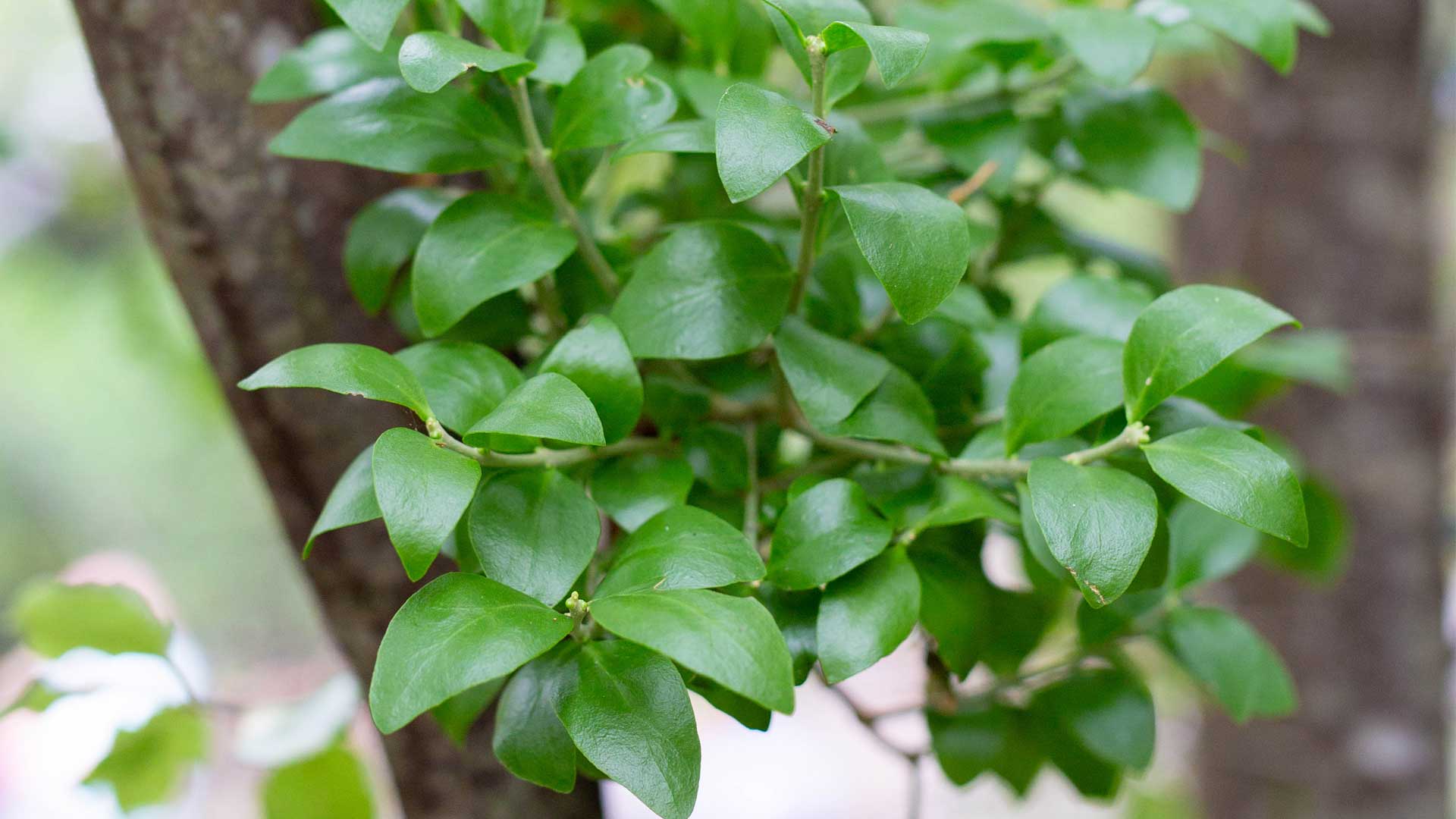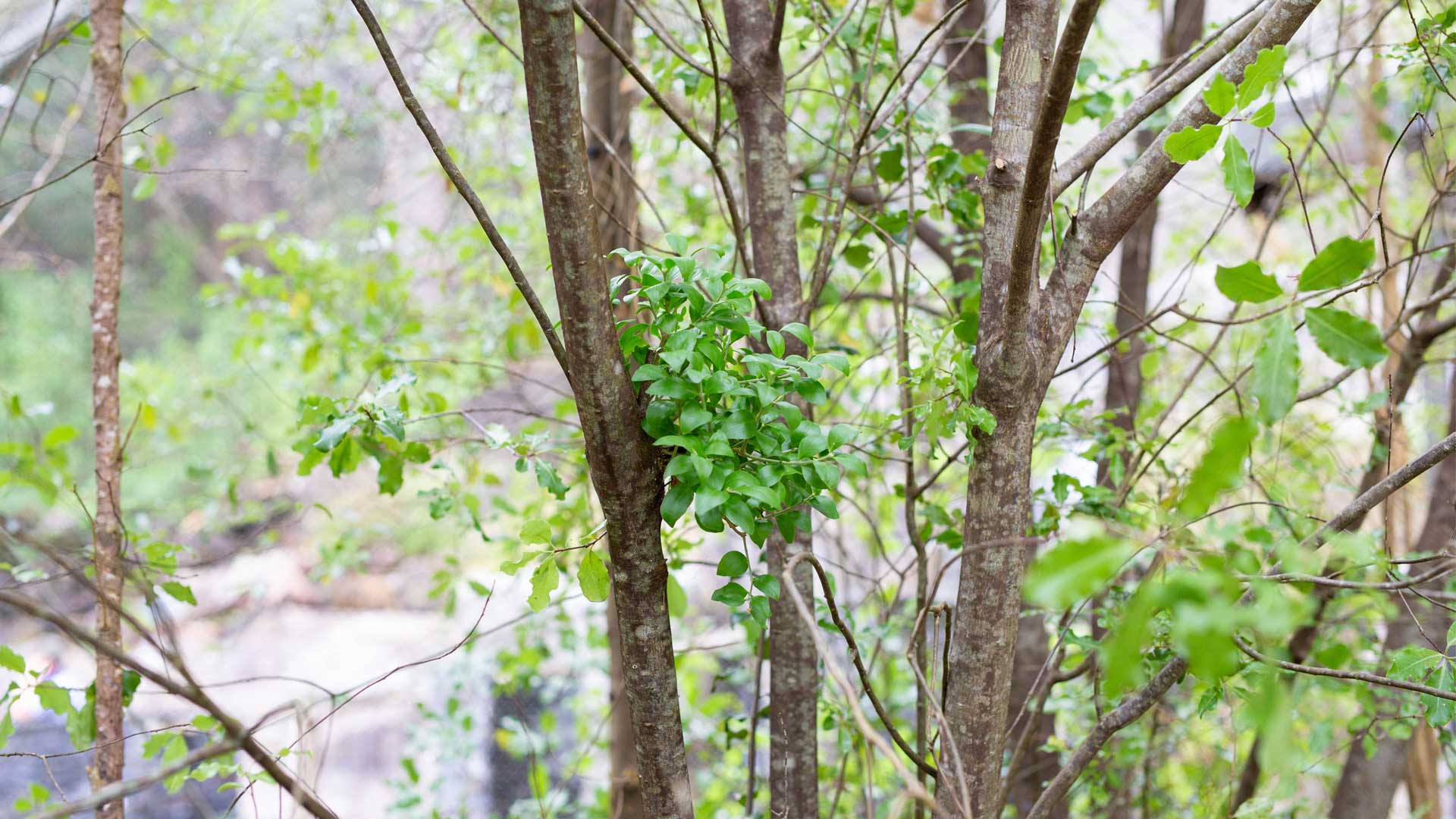Welcome back to our first horticulture blog of 2019! This month we’re focusing on another endemic and rare New Zealand plant that you can see at Auckland Zoo – New Zealand’s white mistletoe or Tupeia antartica.
Originally, Aotearoa had nine species of endemic mistletoe that were naturally found nowhere else on earth! One of these, a variety of red mistletoe Trilepidia adamsii was last sighted in 1954 and sadly, is now thought to be extinct. Of the remaining eight species that call New Zealand home, two are found in beech forest, with the other five are found in lowland forest and scrub land.





